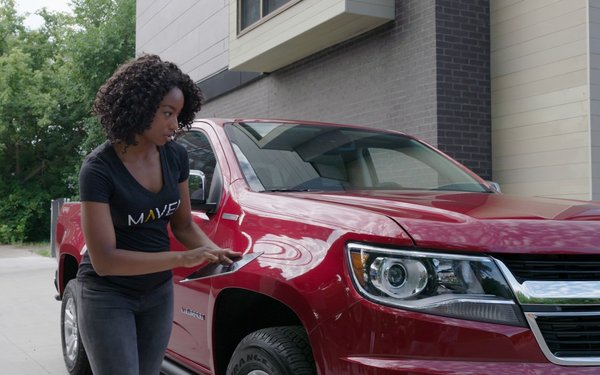
Millennials and their
younger counterparts, Gen Z, will drive new ways to get around beyond vehicle ownership, according to a study from Cox Automotive.
“Perhaps not surprisingly, younger generations
are more open to autonomous vehicles as well as new ways to acquire personal transportation beyond traditional ownership,” Michelle Krebs, executive analyst for Autotrader, tells Marketing
Daily.
“Millennials, especially urban ones, are the heaviest users of ride-hailing services. They are most open to not actually owning a vehicle but subscribing to a vehicle service,
likely because they are used to subscribing to other things, [such as] Netflix, Amazon Prime and cell phone service.”
The 2018 Cox Automotive Evolution of Mobility Study:
Alternative Ownership, released today, is the second chapter in a multipart research effort focused on how consumers and dealers are thinking about the changing mobility landscape.
advertisement
advertisement
Today’s consumers continue to rely overwhelmingly on vehicle ownership as their primary mode of transportation and love the freedom (81%) and convenience (89%) associated with it.
This is not particularly true with younger cohorts, as 55% of Gen Z, 12- to 22-year-old respondents, and 45% of millennials, 23- to 36-year-old respondents, feel transportation is important, but
owning a vehicle is not.
But only 34% of Gen X, 37- to 53-year-olds, and 28% of baby boomers, 54- to 72-year-olds, have the same lack of enthusiasm for owning cars.
Still, the study
finds attitudes are gradually changing in all demographics, as more consumers indicate access to mobility is a necessity, but owning a vehicle is not. While common across age groups and regions, this
sentiment is most prevalent with urban consumers, shared by 57%, a 13-point increase since 2015.
Vehicle costs are likely one reason for changing attitudes. In the study, 48% of
respondents indicated buying or leasing a vehicle has become too expensive..
Usage and awareness of ride-hailing has hit the mass market, with 88% of respondents aware of this mobility option
regardless of where they live, and with more than half of millennials (55%) using this service. Car-sharing has experienced slower, pocketed growth with awareness at 54% including a quarter of
millennial adoption.
Lack of widespread adoption is due in part to car-sharing being significantly less accessible than other alternative transportation methods.
In urban
areas where car-sharing is most prominent, only 44% of consumers find it accessible versus the 85% of consumers who find ride-hailing accessible. The car-sharing space also is fragmented with many
players, giving consumers a lot of different options and leaving no clear leaders in usage
Ride-hailing is less crowded, with Uber (30%) and Lyft (18%) the clear front-runners in terms of usage
among respondents.
The newest alternative ownership model is car subscription services, described to consumers taking the survey as a service that gives you control of a vehicle (similar to
leasing), but also offers the ability to swap your vehicle weekly or monthly.
Automakers currently offering such programs include Cadillac (with its rapidly expanding Book by Cadillac), Volvo,
Mercedes-Benz, BMW, Porsche and Lincoln.
While only beginning to gain traction and currently only available in select markets, 25% of consumers (18-64 years old) have heard of car subscription
services. Comparable to car-sharing, it is most appealing to young males and new-vehicle buyers, with 10% of consumers indicating they would be open to a vehicle subscription service instead of
purchasing or leasing a vehicle the next time they are in the market.
Access to the latest technology is the key draw to subscription services (44%). Worry-free maintenance (36%), the
ability to swap vehicles based on one's needs (35%), and flexibility (35%) are also strong benefits.
This study was conducted by Vital Findings on behalf of Cox Automotive and included 1,250
consumers in the U.S., who participated in an online survey during May 2018. Results were weighted as needed for age, gender and race/ethnicity.